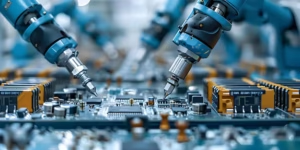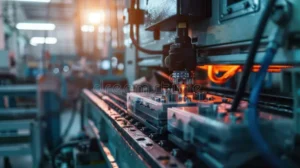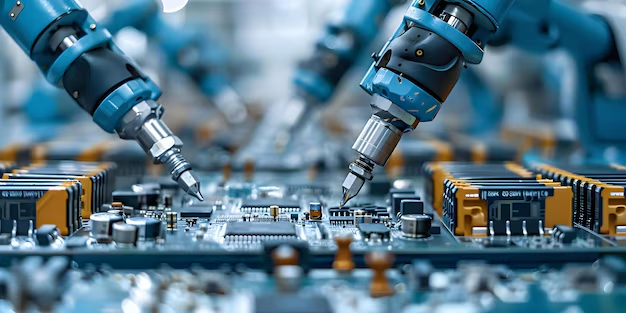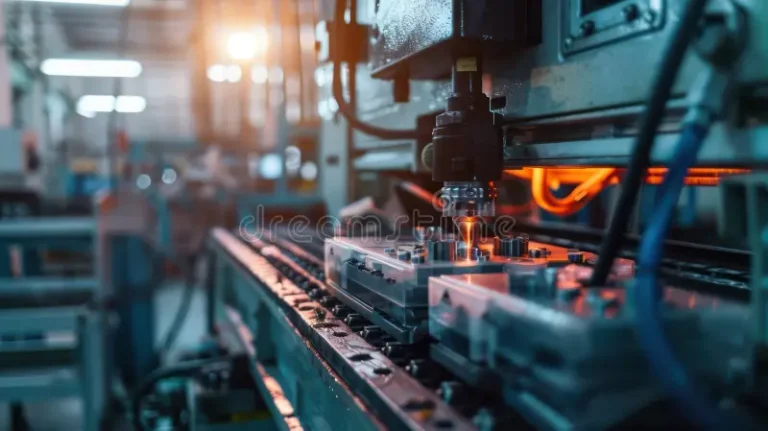In today’s world, technology is everywhere, and farming is no exception. AG technologies are transforming agriculture in exciting ways. These technologies help farmers grow crops better, manage resources efficiently, and increase productivity. But what exactly are AG technologies, and how do they work? Let’s dive into the world of agricultural technology and explore how it’s changing farming for the better.
What Are AG Technologies?
AG technologies refer to various technological tools and innovations used in agriculture. These tools help farmers with different tasks, from planting seeds to harvesting crops. Some common AG technologies include:
- Drones: These are flying devices that can take pictures and videos from the sky. They help farmers monitor their fields and check the health of their crops.
- Sensors: These devices collect data from the field, like soil moisture levels or temperature. They help farmers understand the conditions of their crops and make better decisions.
- Automation: This includes machines that can do farming tasks on their own, like planting seeds or harvesting crops. Automation helps reduce the need for manual labor and increases efficiency.
- Data Analytics: This involves using computer programs to analyze data collected from the field. It helps farmers make informed decisions about their crops and farming practices.
How AG Technologies Are Improving Farming
AG technologies are making farming easier and more efficient in several ways. Here’s how they are helping farmers:
1. Increased Efficiency
With AG technologies, farmers can do their work more quickly and accurately. For example, automated tractors and harvesters can complete tasks faster than manual labor. This means farmers can plant and harvest more crops in less time.
2. Better Crop Management
Drones and sensors provide valuable information about the crops and soil. Farmers can use this data to understand what their crops need and when. This helps in applying the right amount of water, fertilizer, and pesticides, which leads to healthier crops and better yields.
3. Resource Conservation
AG technologies help farmers use resources like water and fertilizer more efficiently. For instance, sensors can tell farmers when the soil is dry, so they only water the crops when needed. This helps conserve water and reduce waste.
4. Improved Decision Making
Data analytics allows farmers to analyze trends and patterns in their fields. By looking at this data, they can make better decisions about planting, harvesting, and managing their crops. This leads to higher productivity and reduced costs.
Examples of AG Technologies in Action
Let’s look at some real-life examples of AG technologies making a difference in farming:
1. Precision Agriculture
Precision agriculture uses GPS and sensors to monitor and manage crops. For example, a farmer might use a GPS-guided tractor to plant seeds at precise locations. This ensures that seeds are evenly distributed and helps increase crop yields.
2. Smart Irrigation Systems
Smart irrigation systems use sensors to measure soil moisture levels. These systems automatically adjust the amount of water applied to the crops based on the current conditions. This helps in saving water and ensuring that crops get the right amount of moisture.
3. Drones for Crop Monitoring
Drones equipped with cameras can fly over fields and capture images of the crops. Farmers can analyze these images to spot problems like pest infestations or nutrient deficiencies. This helps them address issues before they become major problems.
The Benefits of AG Technologies
AG technologies offer numerous benefits to farmers and the agriculture industry as a whole. Here are some key advantages:
1. Increased Productivity
By using AG technologies, farmers can grow more crops and improve their yields. This is because these technologies help in optimizing crop management and reducing waste.
2. Cost Savings
AG technologies help reduce the costs associated with farming. For example, automation reduces the need for manual labor, and smart irrigation systems help save water and reduce utility bills.
3. Sustainability
Using resources more efficiently leads to more sustainable farming practices. AG technologies help conserve water, reduce chemical use, and minimize environmental impact.
4. Enhanced Crop Quality
With better monitoring and management, farmers can produce higher-quality crops. This means healthier produce for consumers and better market value for farmers.
Challenges and Considerations
While AG technologies offer many benefits, there are also some challenges to consider:
1. High Initial Costs
Investing in AG technologies can be expensive. Farmers need to consider the cost of purchasing and maintaining equipment, as well as the potential return on investment.
2. Technical Skills
Using AG technologies requires some technical knowledge. Farmers may need training to effectively operate and maintain these tools.
3. Data Security
With the increased use of data analytics, protecting sensitive information becomes crucial. Farmers need to ensure that their data is secure and used responsibly.
The Future of AG Technologies
The future of AG technologies looks bright. Innovations are continuously emerging, making farming even more efficient and sustainable. Here are some trends to watch for:
1. Artificial Intelligence
AI is expected to play a significant role in agriculture. AI-powered tools can analyze large amounts of data and provide insights that help farmers make better decisions.
2. Robotics
Robotic systems are likely to become more common in farming. These robots can perform tasks like planting, weeding, and harvesting with precision.
3. Blockchain
Blockchain technology can enhance transparency and traceability in the agricultural supply chain. This means better tracking of produce from the farm to the consumer.
Conclusion
AG technologies are revolutionizing the way we farm. From increasing efficiency and productivity to promoting sustainability, these innovations are making a significant impact. As technology continues to advance, the future of farming looks promising. Farmers who embrace AG technologies will be better equipped to meet the demands of modern agriculture and ensure a sustainable future for food production.
By understanding and utilizing these technologies, farmers can lead the way in creating a more efficient, productive, and sustainable agricultural industry.








